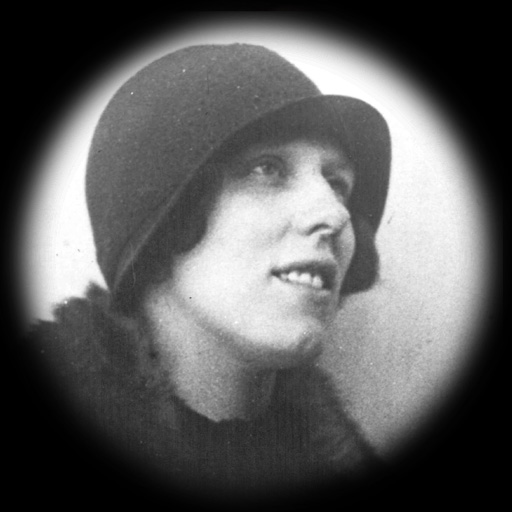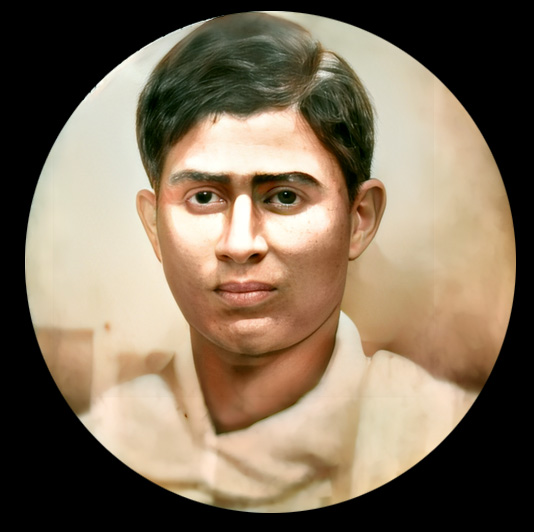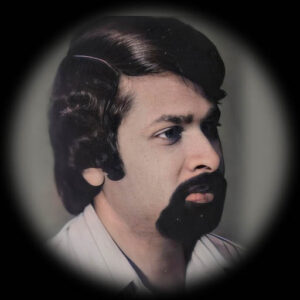Jigsaw Murders
On the morning of September 29, 1935, a young woman named Susan Haines Johnson peered over the parapet of an old bridge 2 miles (3 km) north of the Dumfriesshire town of Moffat to see a rotting human arm protruding from a package below. Someone had dropped it in the water as a bundle wrapped in cloth.

Police found the remains inside the package to be human. Officers searched the creek, surrounding canyons and a nearby river. Then two human heads and four other bundles were found.

Each contained human remains, including mutilated femurs and legs, parts of flesh, and a human torso and pelvis. These human remains were decomposed, wrapped in bedsheets, pillows, children’s clothing and several newspapers (two editions of the Daily Herald dated 6th and 31st August 1935, the Sunday Graphic dated 15 September 1935, and undated portions of the Sunday Chronicle).
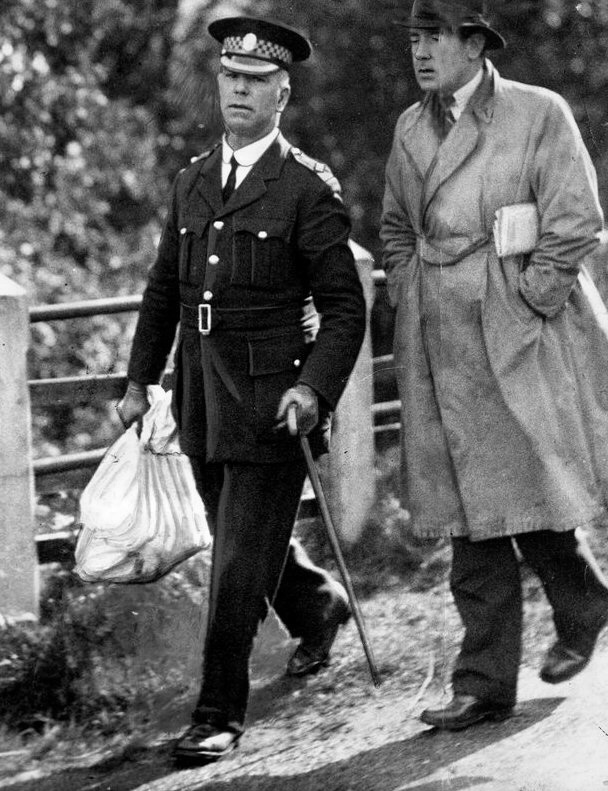
On October 1, forensic scientist John Glaster Jr. and doctor Gilbert Miller examined the remains at Moffat Mortuary. The two determined that the 70 separate sections of human remains found so far belonged to two women of different heights and ages, and that the remains were mutilated by a person with as good an anatomical knowledge as possible. Because the killer removed the eyes, ears, skin, lips, soft tissues and several teeth from both heads. All skin that might contain moles, scars, tattoos, or wax marks was removed. From all this they felt that the criminal might have knowledge of anatomy and forensics.
Both bodies were taken to the Department of Anatomy at the University of Edinburgh, where formal post-mortem examinations were carried out by Professors Glaister, James Cooper Brash and Sidney Smith. Another bundle containing human remains was discovered shortly after the two bodies were transferred to the University of Edinburgh. This bundle contained two human wrists. Investigators were able to obtain a complete fingerprint from one of them.
that one of the bodies belonged to a woman between the ages of about 30 and 55, possibly between 35 and 45; They estimated the second woman’s age to be between 18 and 25, and possibly between 20 and 21 when she was killed. When the cause of death was mentioned, the elderly woman had five stab wounds to her chest, several broken bones and several bruises. She was allegedly strangled before suffering other injuries. The second victim had bruises on his legs and head. And the body was completely deprived of blood. It took the doctors 8 hours to complete the examination.
Several pages of the debris-covered Sunday Graphic were a special edition of the newspaper at the time. As it was printed and published only in the Morecambe and Lancaster area of England on September 15,
the police got their first lead that the murderer lived in North West England. Also, some of the clothes worn by the women were of a type only worn by women with children, suggesting that one or two of the victims may have had children.
Suspicion extended to a Parsi doctor who was there. Dr. Bukdyar Ramstamji Hakeem. ( Bukhtyar Chompa Rustomji Ratanji Hakim )- Dr. The man was known by the short name of Buck Ruxton (Dr. Buck Ruxton).
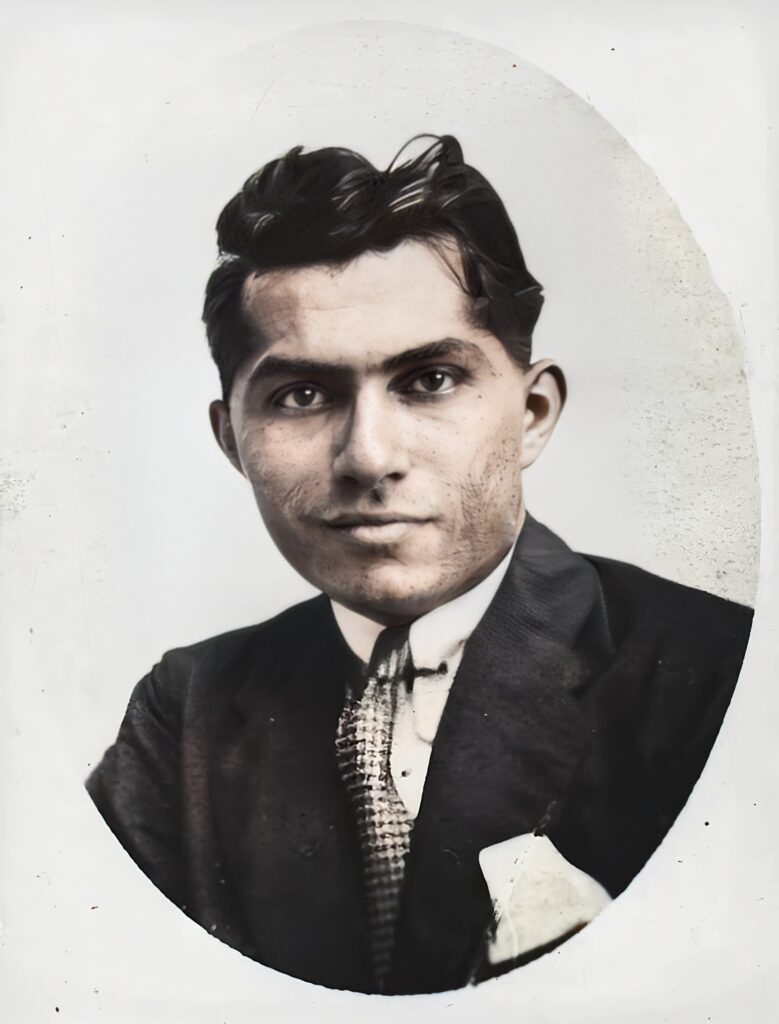
Buck Ruxton was born on 21 March 1899 in Bombay, India into a wealthy middle-class Parsi family of Indo-French descent. Ruxton had a fairly good background, was intelligent and highly educated. As a teenager, he decided to pursue a career in medicine. With the financial support of his parents, Ruxton studied at Bombay University, where he qualified as a Bachelor of Medicine in 1922. The following year, he passed as a Bachelor of Surgery in the same institute. Soon after completing his studies, Ruxton joined the Bombay Hospital, where he specialized in medicine, midwifery and gynecology. Later he got a job in the Indian Medical Service
In May 1925, Ruxton married a Parsi woman named Motibai Jahangirji Ghadiali. The marriage was an arranged one and did not last long. Ruxton hid all evidence of this marriage when he moved to Britain the following year.
With financial support from his family and the Bombay Medical Service, Ruxton moved from India to Britain in 1926. He attended medical courses at University College Hospital, London under the name Gabriel Hakim, and in 1927 went to Edinburgh to study for a fellowship. Although Ruxton failed the entrance examination, he was allowed to practice medicine in the United Kingdom by the General Medical Council based on his earlier qualifications from Bombay. Soon after, he legally changed his name to “Buck Ruxton”.
While studying to become a fellow of the Royal College of Surgeons in Edinburgh, Ruxton met Isabella van Ess, a 26-year-old woman who ran a cafe in the city. At the time they met, Isabella was free from another marriage. The two began a romantic relationship, and Isabella was with Ruxton when he moved to England in 1928. The following year, Isabella gave birth to the couple’s first child, a daughter they named Elizabeth.
In 1930 the Ruxtons moved from London to Lancaster, where he set up a medical practice in his family home at 2 Dalton Square. Ruxton made great efforts to assimilate himself into British society, and he quickly gained a reputation among his patients as a hard-working and compassionate general physician who was well-respected and popular in the community. He is said to have waived his treatment fees on several occasions when he felt that his patients could not afford it. The following year, a second daughter, Diane, was born. Two years later, in 1933, Isabella gave birth to a son, William. In the same year, a maid, Mary Jane Rogerson, was hired to look after their children.

Despite his respectable reputation within the Lancaster community, the relationship between Isabella and Ruxton was fraught with problems, and he had suspicions of Isabella’s infidelity. On several occasions Isabella packed her belongings and returned to Edinburgh with the children. She would return to Lancaster when she received phone calls from Ruxton.
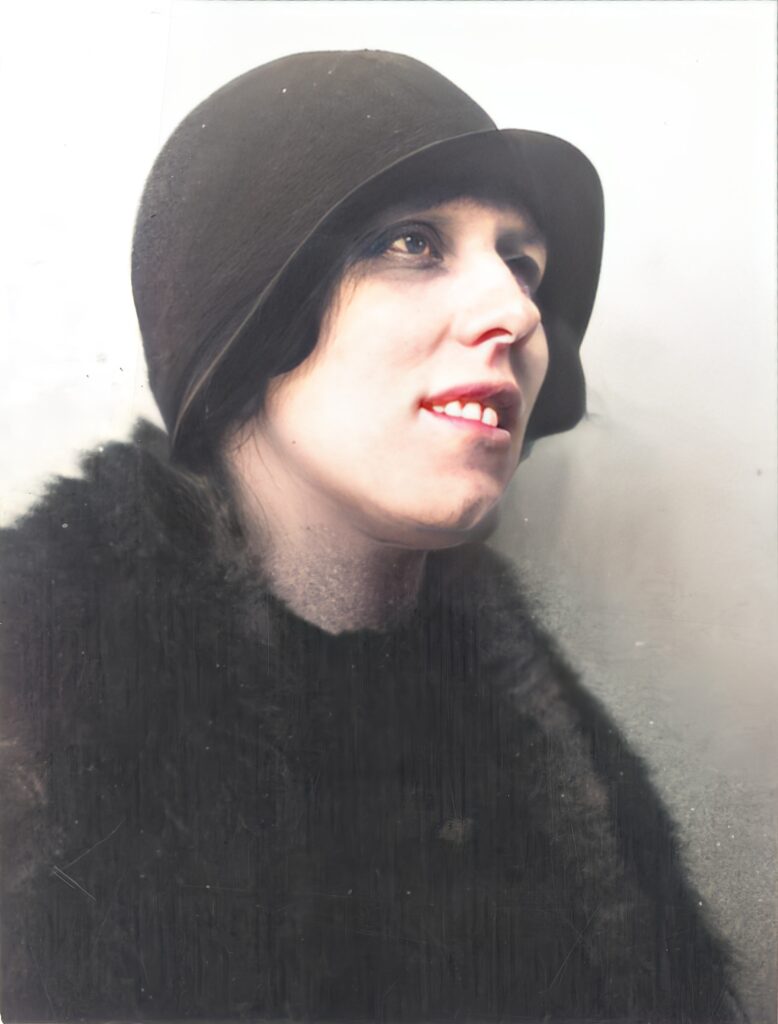
It is unknown when Ruxton began attacking Isabella with accusations of adultery, although loud arguments between the couple resulted in police intervention on several occasions. Disputes between the couple often had to be settled at Lancaster Police Station. Isabella is said to have once attempted suicide, resulting in an abortion.
Once in 1933, Isabella complained to the police that her husband had started beating her; When police came to the house to investigate, Ruxton denied assaulting his wife. However, within twenty-four hours of this incident, Isabella returned to her partner. On another occasion in April 1934, a Lancaster policeman was called to the Ruxton home following another altercation. On arrival, Ruxton informed the officer: “Officer, I feel like killing two people … my wife is going to see one”.
In early September 1935 Isabella Ruxton traveled to Edinburgh to visit one of her sisters. Her circle of friends included a prominent Lancaster family member named Robert Edmondson, with whom Ruxton suspected his wife of having an affair. Later, during the police investigation, it was found that both of them had booked separate rooms in the same hotel.
Lancaster police received a complaint from the doctor 5 days before the body parts were received. The complaint was that his wife and housekeeper were missing. It was alleged that the maid was made pregnant by the washerwoman and both of them stole money for the abortion. When the blouse found with the body part was shown to the housemaid’s relatives, they recognized it.

The police questioned the person cleaning the doctor’s house. The statement was recorded that on September 15, the doctor had told them that it was too late for work. She said that when she arrived at work on the 16th, the doctor’s house was in disarray, the bathtub in the bathroom was stained yellow, and there was a burnt log in the yard. One of the neighbors also testified against the doctor.
On October 12, Dr. Buck Ruxton was arrested. Ruxton was skeptical. He did not trust his wife.
On the evening of 14 September 1935 Isabella Ruxton went to see the Blackpool Illuminations and visit her two sisters (who both lived near Blackpool). She left Blackpool to return home at around 11:30pm. When she returned to Dalton Square on the morning of Sunday 15 September, Ruxton’s jealousy and madness overcame him, and it is believed that he assaulted Isabella, subdued her and strangled her into unconsciousness. Or it is assumed that he was strangled and then stabbed with a knife. The maid saw this scene and killed them as well.
Although it was not clear, traces of blood on the wall, carpet and stairs were later found, suggesting that a lot of blood had been lost during the attack, so the attack may have been carried out with a knife.
The day before the murder, he had told a maid not to come to his premises till September 16. Within hours of the murder, he went to another housemaid’s house and told her not to clean the premises of his house till September 16. He entrusted the children to a dentist he knew for a day.
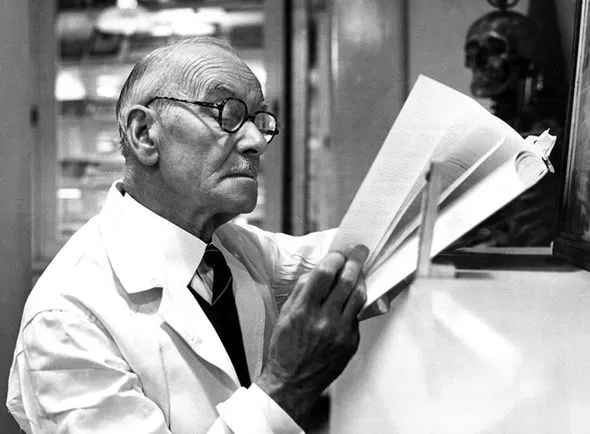
Dr Ruxton argued that the body parts found did not belong to his wife and housekeeper. But the testimony of forensic medicine experts was against him. Prof. Glaister, Dr. Sidney Smith, Dr. Miller scientifically proved who the body parts belonged to. To determine the age of the body parts, the life cycle of the insect pupa found in the remains was examined and found to be no more than two weeks old. And when he was about to dispose of the body, the car was noticed by a cyclist; That too proved. Many other calculations and theories were involved in this case. Even as a doctor, science stood above him even though he looked at everything that could be wiped away. Forensic experts also applied their best in this case as the accused was a doctor. Superimposition was used for the first time in this case. The skull was merged with an old photograph of the maid and examined. For that first the photo is scaled to the same size as another present object. Here the size of the maid’s hair band is marked first. The photo is then enlarged to fit that hairband. After that an actual photograph of the skull is taken. When these two are combined, exactly every point (in copula science has some figures) becomes identical, if it is the skull of a dead person or it could be someone else’s. For that first the photo is scaled to the same size as another present object. Here the size of the maid’s hair band is marked first. The photo is then enlarged to fit that hairband. After that an actual photograph of the skull is taken. When these two are combined, exactly every point (in copula science has some figures) becomes identical, if it is the skull of a dead person or it could be someone else’s. For that first the photo is scaled to the same size as another present object. Here the size of the maid’s hair band is marked first. The photo is then enlarged to fit that hairband. After that the original photograph of the skull is taken. When these two are combined, exactly every point (in copula science has some figures) becomes identical, if it is the skull of a dead person or it could be someone else’s.

Mrs. Ruxton’s portrait with dress and tiara, 1935.
Finding the Scale: Photographic reconstruction was an important tool in the investigation. The skulls of the two victims were compared with multiple existing portraits to confirm the identifications. To find the precise scale of this portrait, a photographer staged a measured shot of the dress and tiara and superimposed them on the portrait. (University of Glasgow)

Then they laid a photo-transparency of this skull over the portrait to establish that the skull was Mrs. Ruxton’s.
(University of Glasgow)

Outlines of Skull no. 1 superimposed on outlines of Mrs. Ruxton’s portrait. The facial outlines do not correspond. Outlines of Skull No. 2 superimposed on outlines of Mrs. Ruxton’s portrait. The facial outlines seem to correspond. (University of Glasgow)

(University of Glasgow)
After closing arguments and Judge Singleton’s final instructions, the jury retired to consider their verdict; They deliberated for just over an hour before convicting Ruxton. As a result, Justice Singleton sentenced Ruxton to death. Asked by Judge Singleton if he had anything to say in response, he politely thanked the court for its patience and the fairness of his trial and said, “I’m very sorry.” Ruxton informed the judge of his intention to appeal the verdict

In the hours before his execution, Buck Ruxton wrote a letter to his chief defense counsel, Norman Birkett KC, in which Ruxton thanked Birkett for his skillful defense: “I know. I am going to see my maker in a few hours, but I tell you, sir, I am completely innocent of this crime.”
Ruxton was hanged at HM Prison Manchester on the morning of 12 May 1936, despite Lancaster residents presenting a petition asking Ruxton for clemency, which gathered over 10,000 signatures.
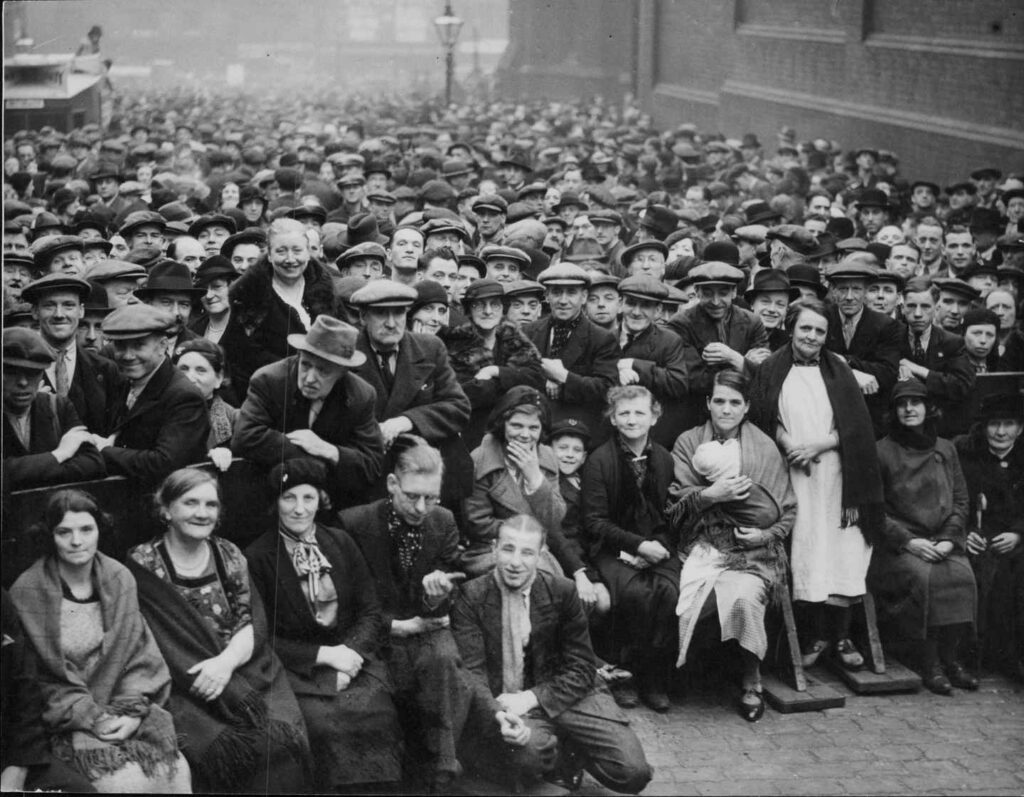
The day after Ruxton’s execution, a Sunday newspaper published a brief handwritten confession Ruxton had written the day after his arrest, which he had said should only be opened if he was sentenced to death or returned to him if he was acquitted.
“I killed Mrs. Ruxton because I thought she was with a man. I was crazy at the time. Mary Jane Rogerson was there at the time. I had to kill her.”
This was the content of that letter.
This is a very important case in the history of criminal investigation. The superimposition technique was used for the first time in history in this case. Superimposition was used as a supporting evidence in this case.
A comparison is made between a life-size skull image and a life-size face image of the deceased person. Merge transparent images.
External auditory meatus, orbits, anterior nasal spine, chin point, angle of mandible, zygomatic processes, upper alveolar margin, upper orbital margins etc. are analyzed. That means the eyes should be just inside the orbit, the eyebrows should be just above the margin of the orbit… and so each compares.


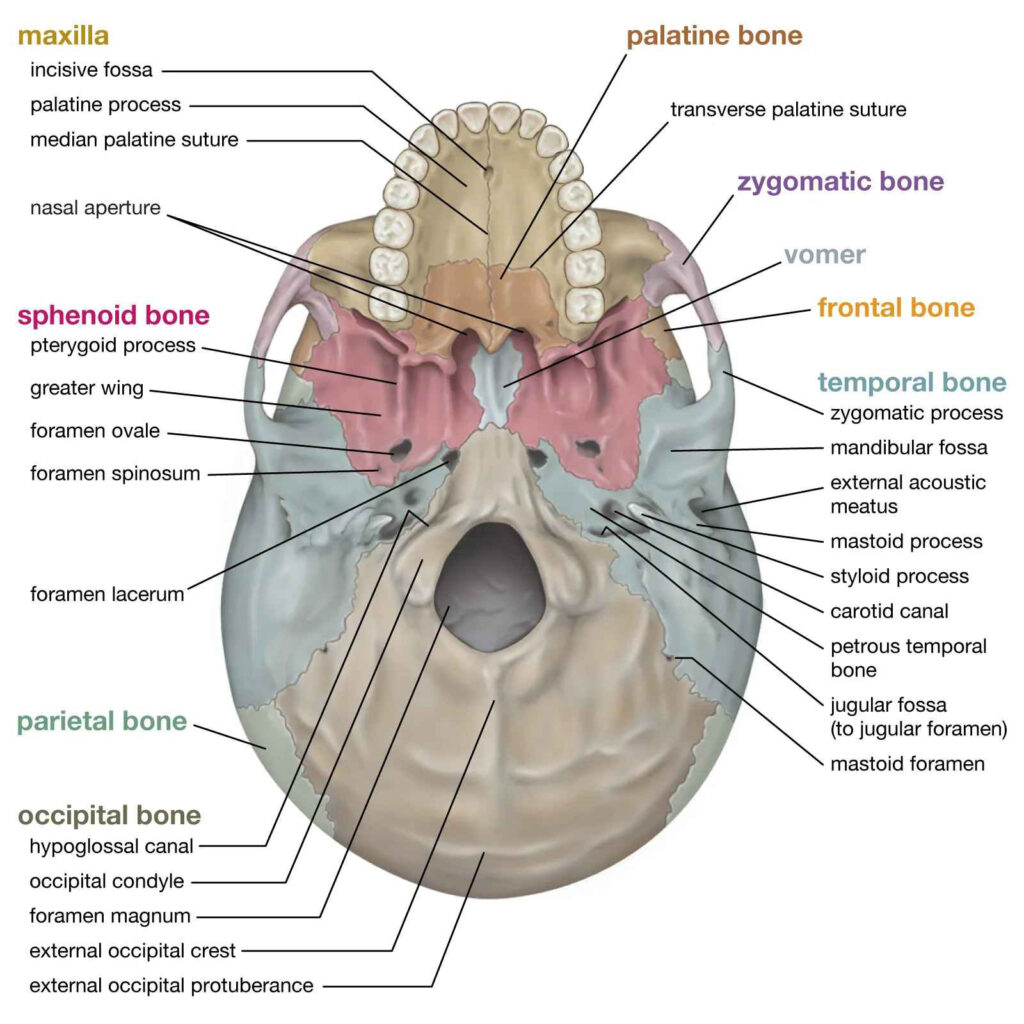
Common problems with skull photo superimposition are errors in enlarging live photographs and misalignment between photographs.
Video superimposition can solve these problems to some extent. A superimpose between the video of the skull and the video of the ante-mortem photograph. Apart from this computer aided superimposition technique also exists.
But it can be said that these two techniques are irrelevant. D. N. A Fingerprint is very easy to identify with 100% certainty. Not 100% sure only if it’s identical twins. All that is needed for this is the DNA collected from the body parts of the deceased and the blood of the relatives of the suspected persons. It requires only a few milliliters of blood and uses EDTA as a preservative.
From there the science has evolved again. Technology that infers facial features from the skull, even without a suspect to compare it to. Technologies like Sculptural reconstruction and computerized facial reconstruction. There are even face-wrapping softwares that can create three-dimensional images of the face with the help of a computer. Muscles project at the front of the skull and recreate the approximate shape of the face. With the growth of science, this branch of criminal investigation is also growing.

